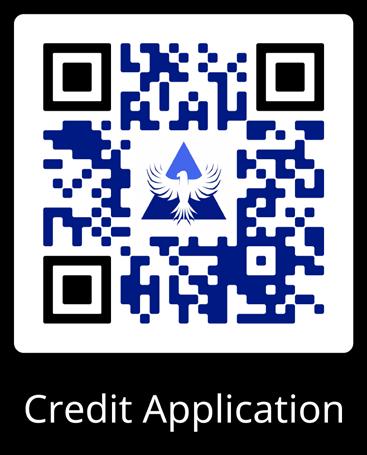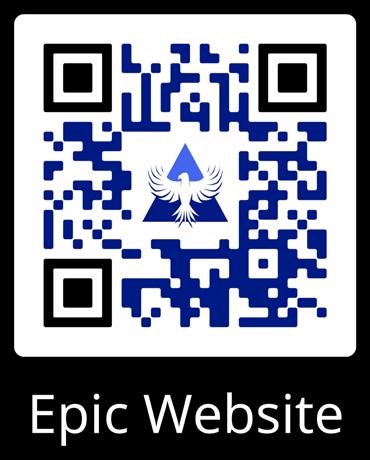
1 minute read
FINANCIAL SOLUTIONS FOR YOUR BUSINESS
We offer fast and simple financing solutions for businesses with an opportunity for growth and a need for capital.
Working Capital
is the perfect product when your business has a project or additional expenses. Simple application process and funds up to $250,000. Capital intended to grow your business.


Equipment Finance

up to $500,000 (without financial review) for your new or used equipment acquisitions. With 100% financing and terms up to 84 months, it allows you to reserve cash in your bank account.
The task order was made as part of NASA’s Venture-Class Acquisition of Dedicated and Rideshare (VADR) launch services contract.
WASHINGTON - The National Aeronautics and Space Administration sought a launch service company to study Mars’ magnetsosphere. They found their solution from Blue Origin in Kent, Wash.
The task order was made as part of NASA’s Venture-Class Acquisition of Dedicated and Rideshare (VADR) launch services contract. The launch is part of the agency’s Escape and Plasma Acceleration and Dynamics Explorers (ESCAPADE) mission portion of the VADR contract.
ESCAPADE will launch on Blue Origin’s New Glenn rocket from Space Launch Complex-36 at Cape Canaveral Space Force Station in Florida. Launch is targeted for late 2024. Blue Origin is one of 13 companies NASA selected for VADR contracts in 2022. NASA’s Launch Services Program, based at the agency’s Kennedy Space Center in Florida, manages the VADR contracts. As part of VADR, the fixedprice indefinite-delivery/indefinite-quantity contracts have a five-year ordering period with a maximum total value of $300 million across all contracts.
ESCAPADE will study Mars’ magnetosphere – the magnetized area of space around the planet – using two identical small spacecraft, which will provide simultaneous two-point observations. The spacecraft will help provide researchers a better understanding of how the magnetosphere interacts with the solar wind, and how energy and plasma enter and leave the magnetosphere. Each satellite will carry three instruments: a magnetometer for measuring magnetic field, an electrostatic analyzer to measure ions and electrons, and a Langmuir probe for measuring plasma density and solar extreme ultraviolet flux.
It will take ESCAPADE about 11 months to arrive at Mars after leaving Earth’s orbit, where both spacecraft will spend several months adjusting their orbits before they are in position to best capture data about the magnetosphere. Studying different magnetospheres gives scientists a better understanding of space weather, which can protect astronauts and satellites both as they orbit Earth and explore the solar system.

ESCAPADE is part of the NASA Small Innovative Missions for Planetary Exploration program.










